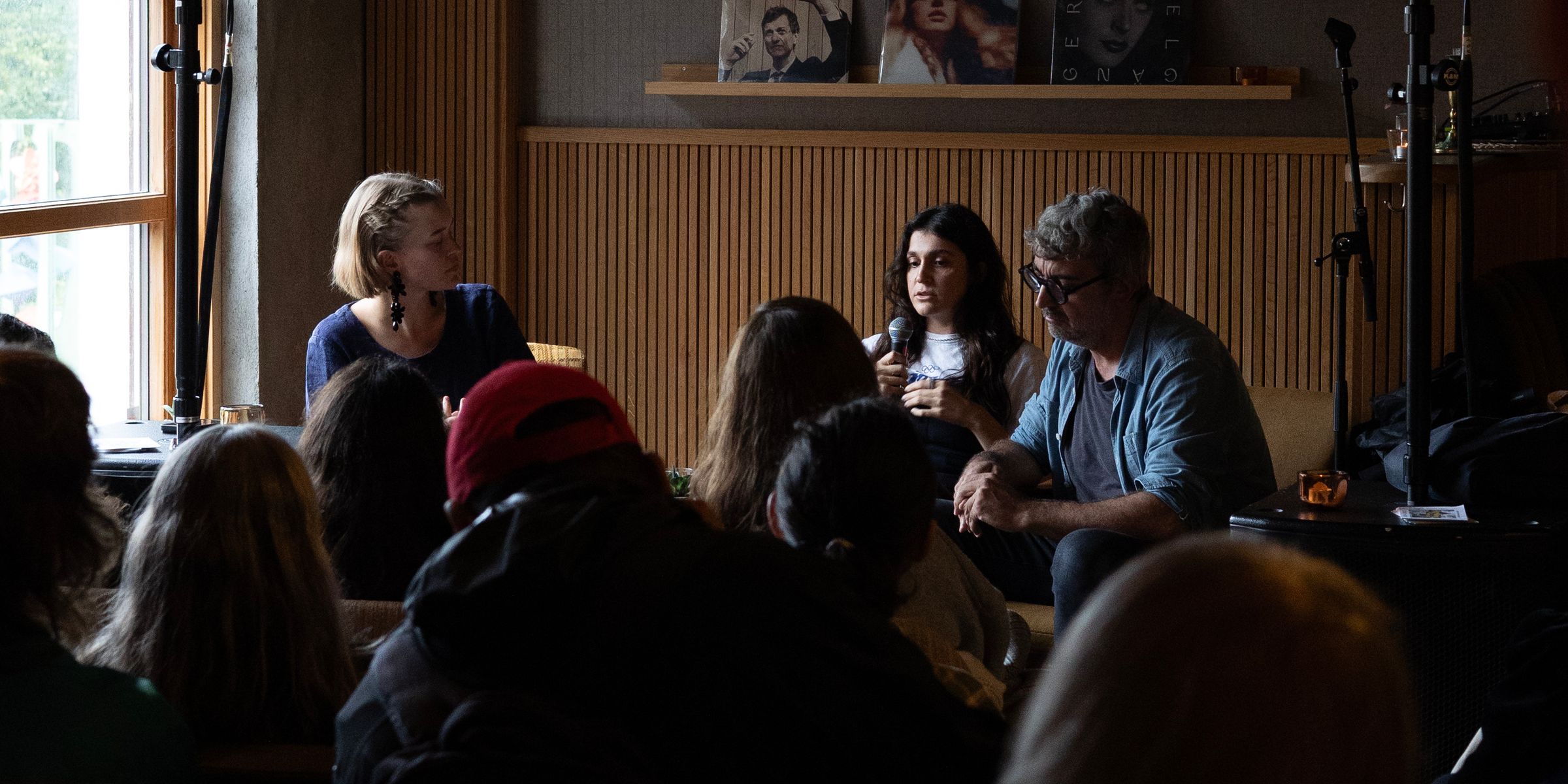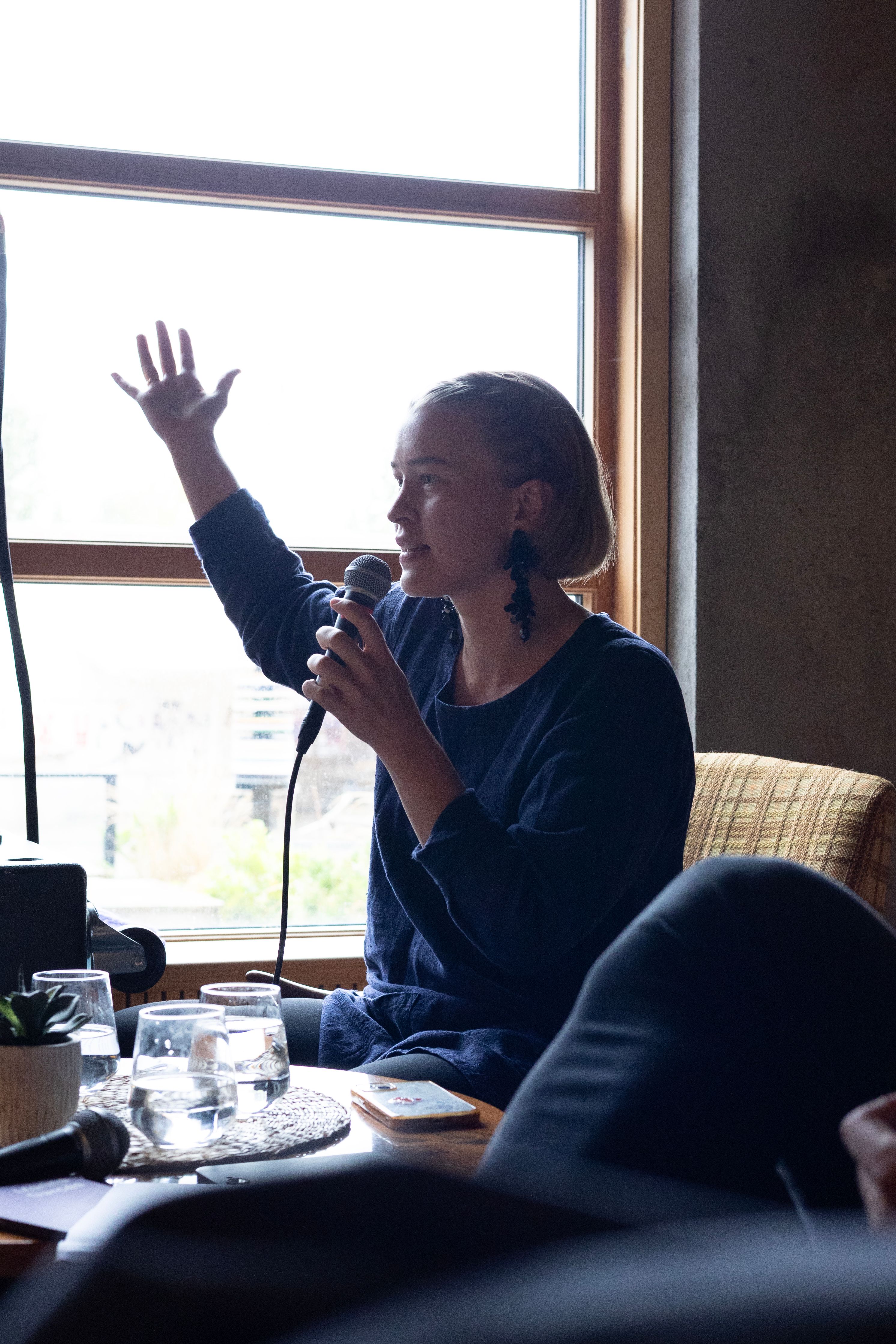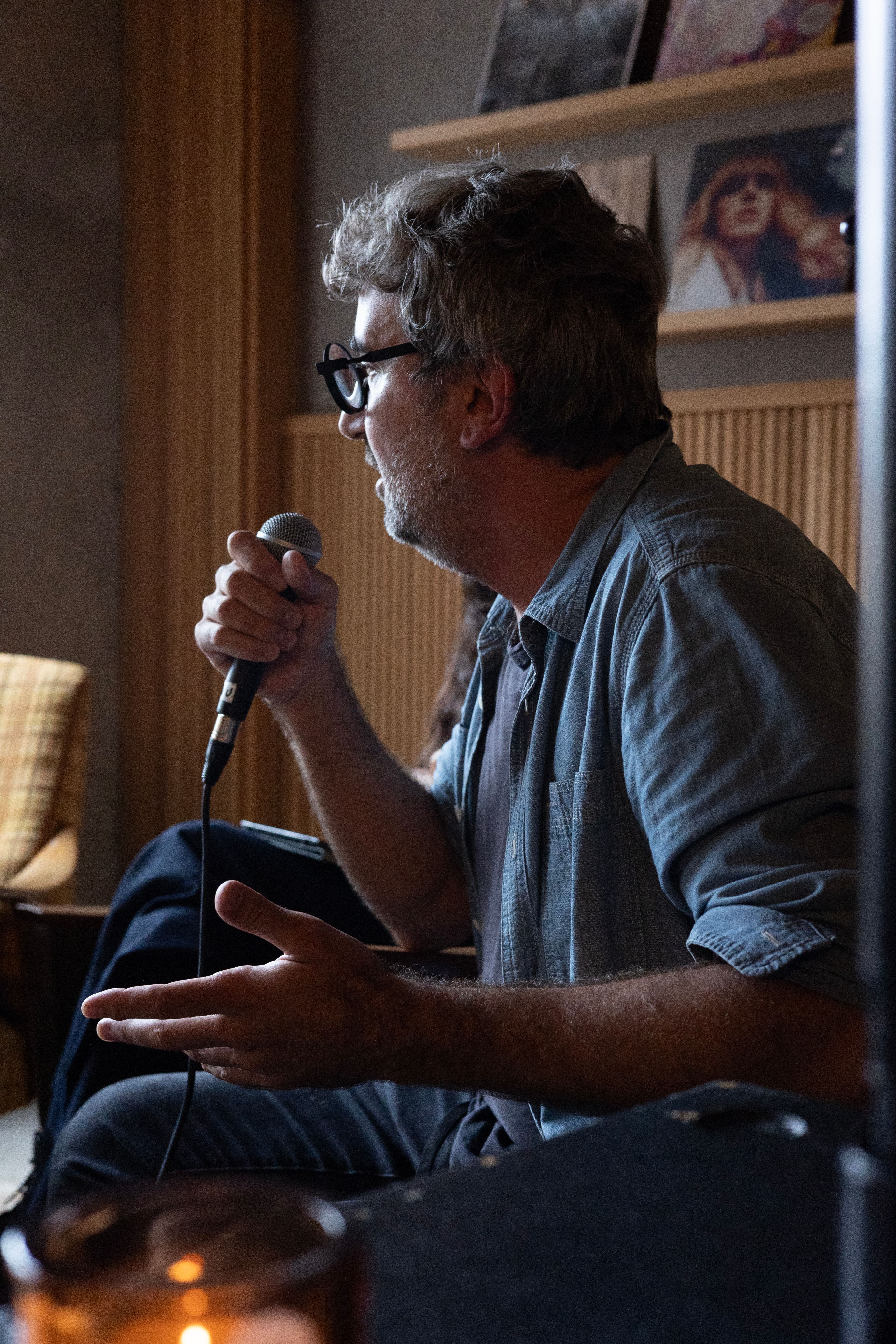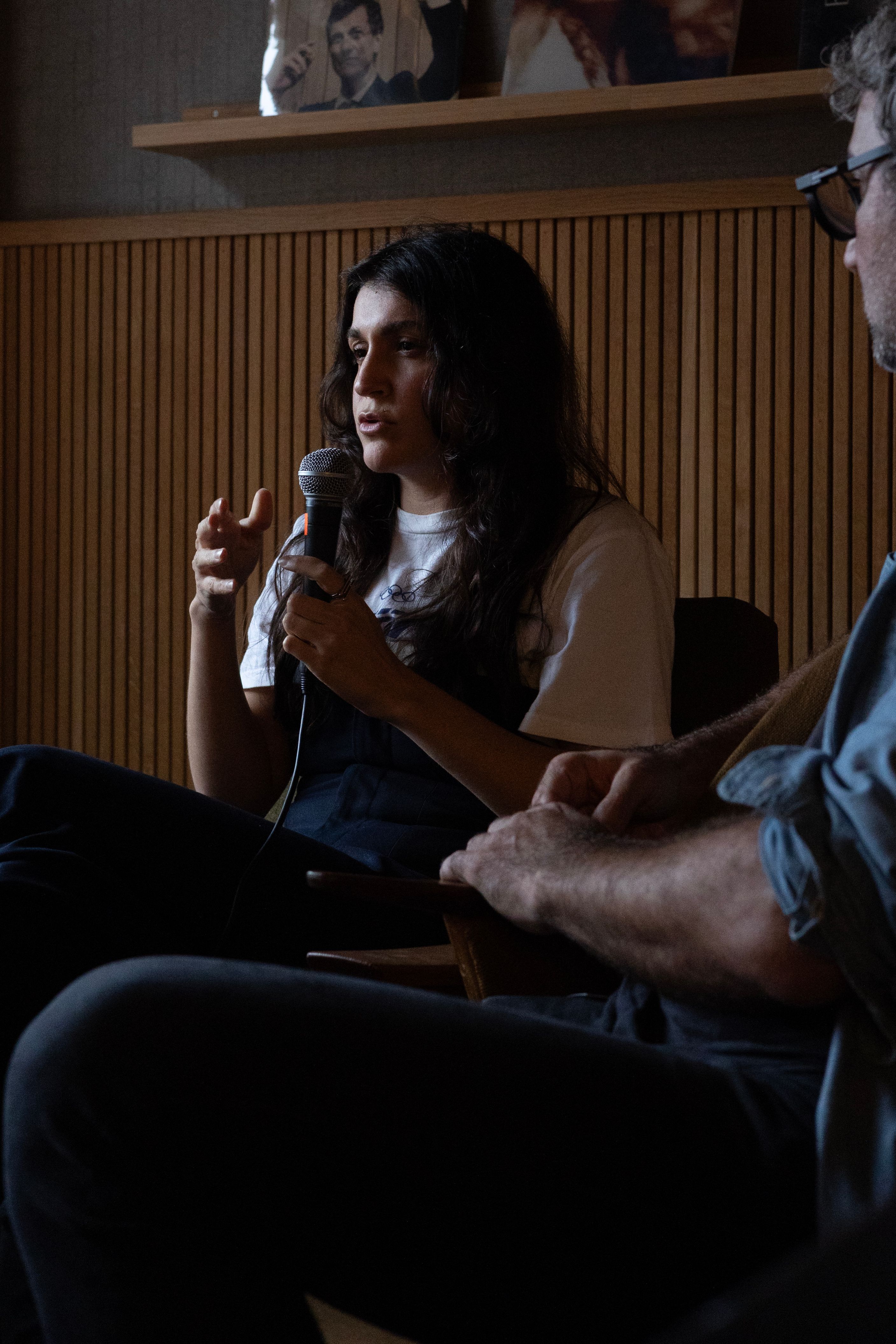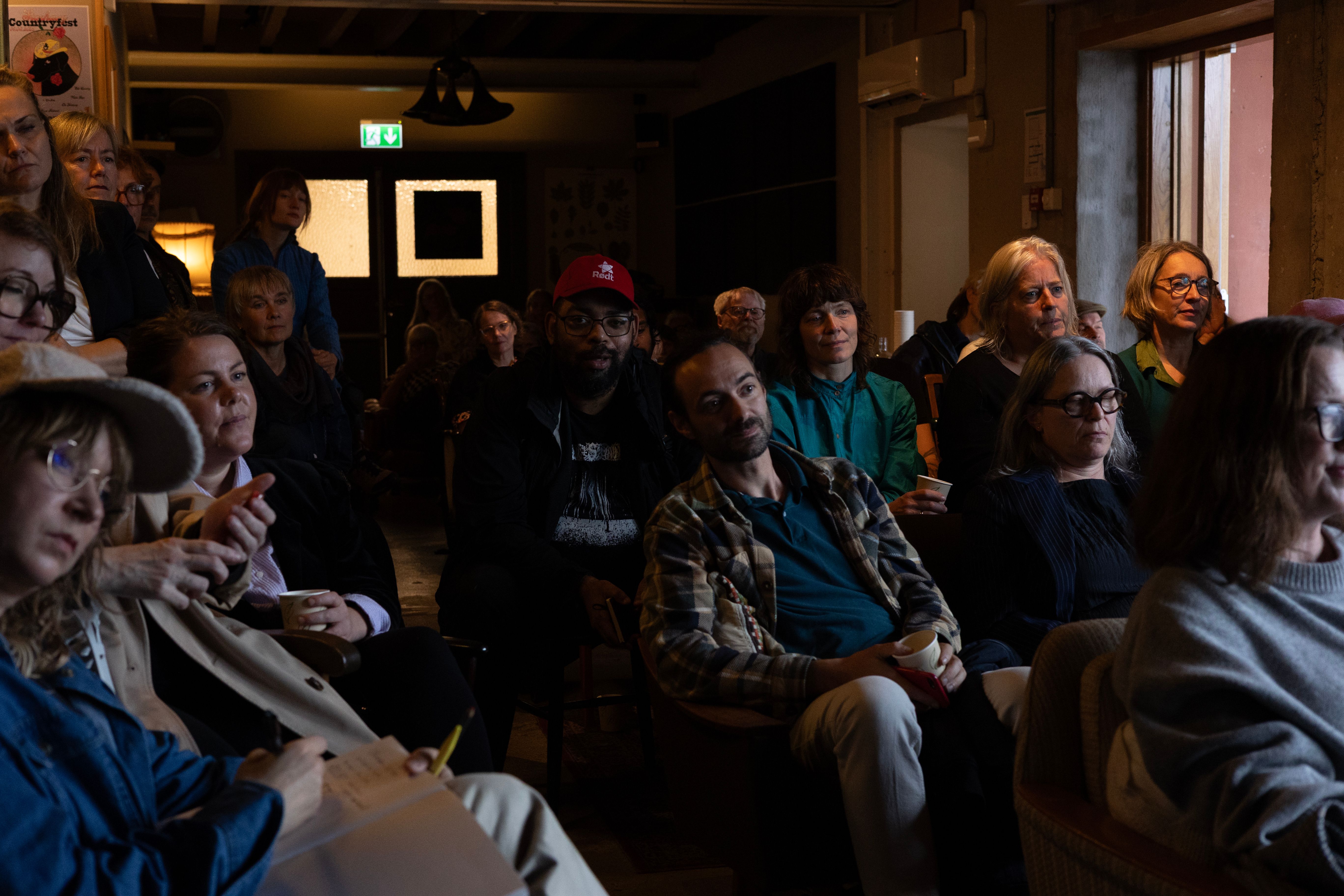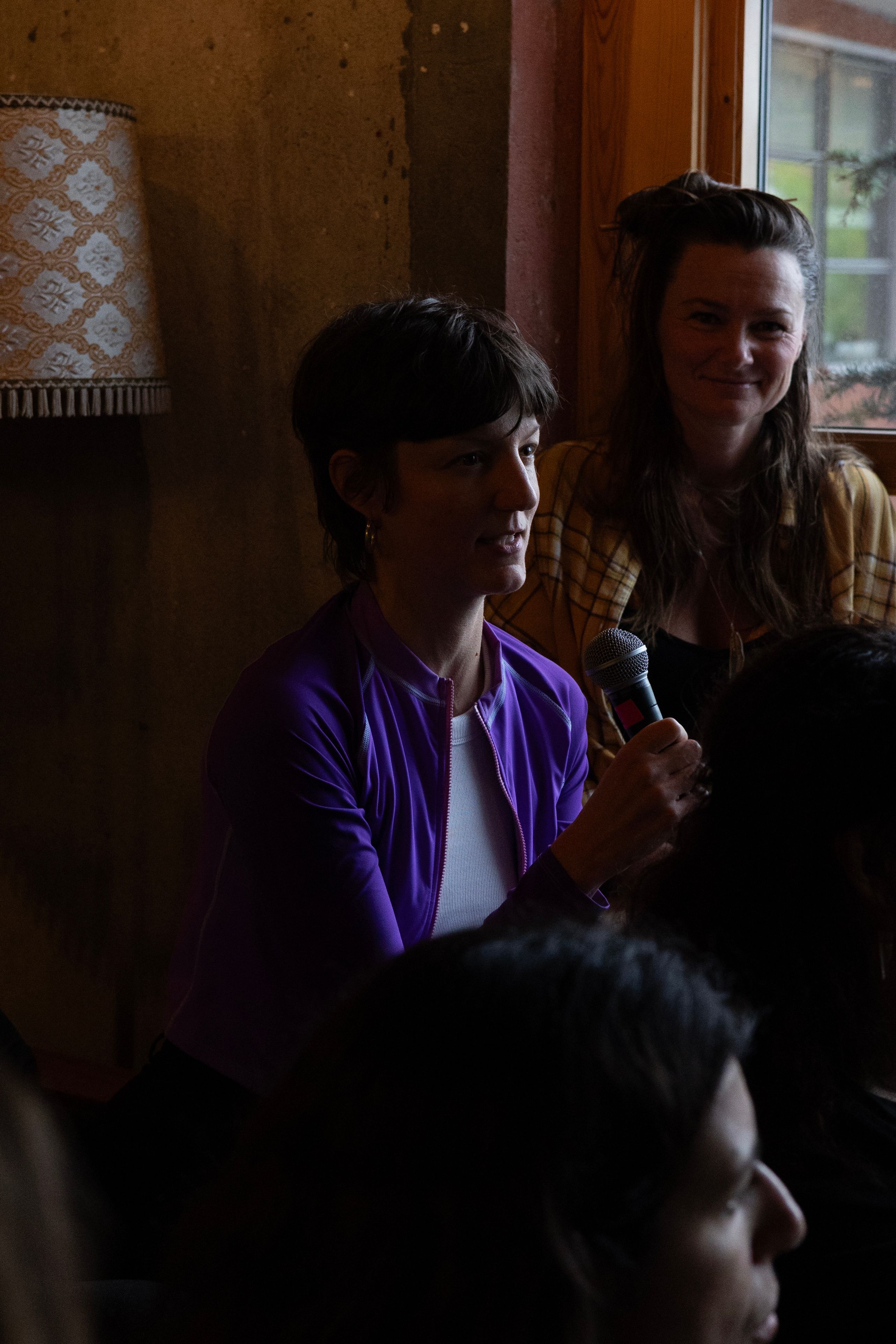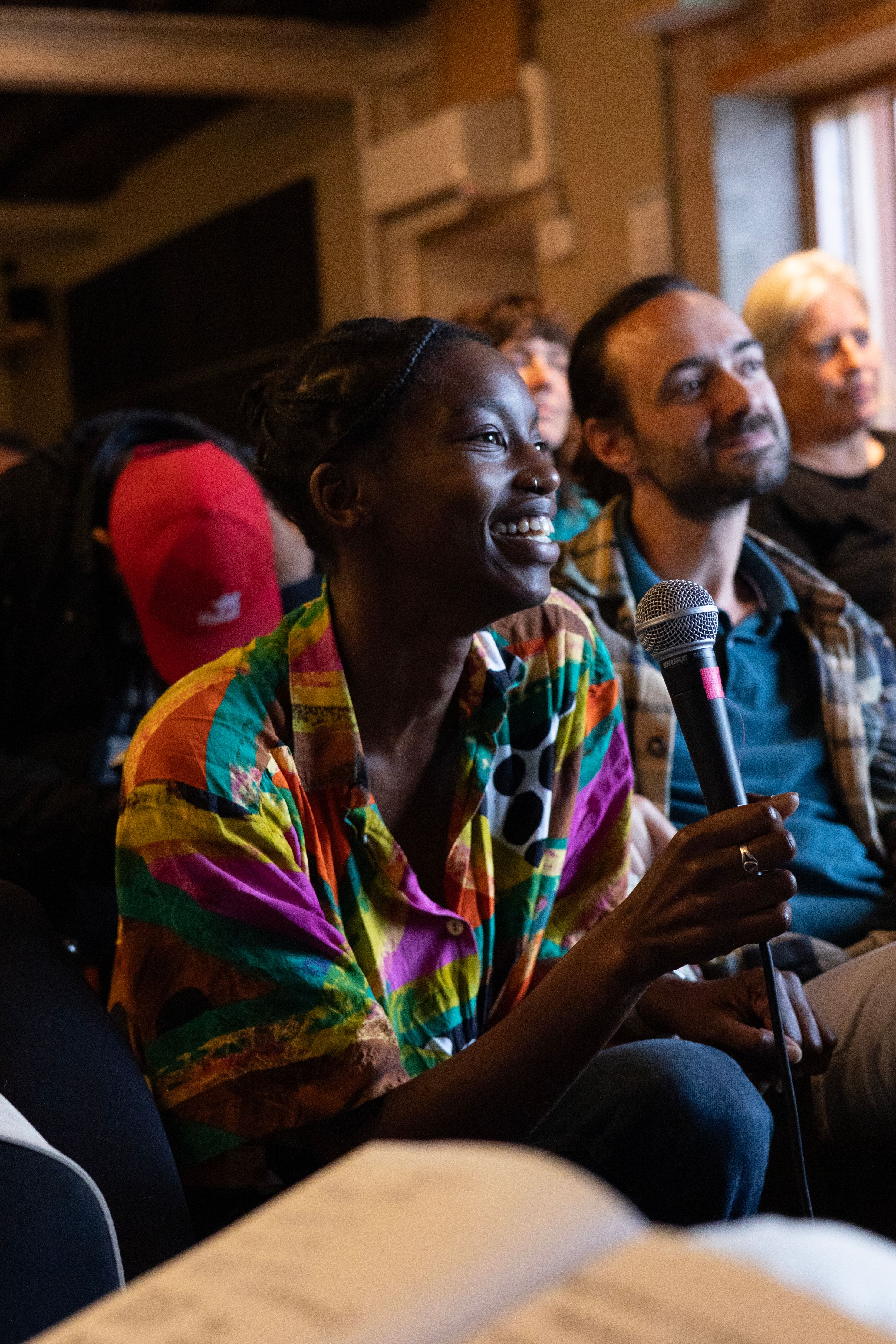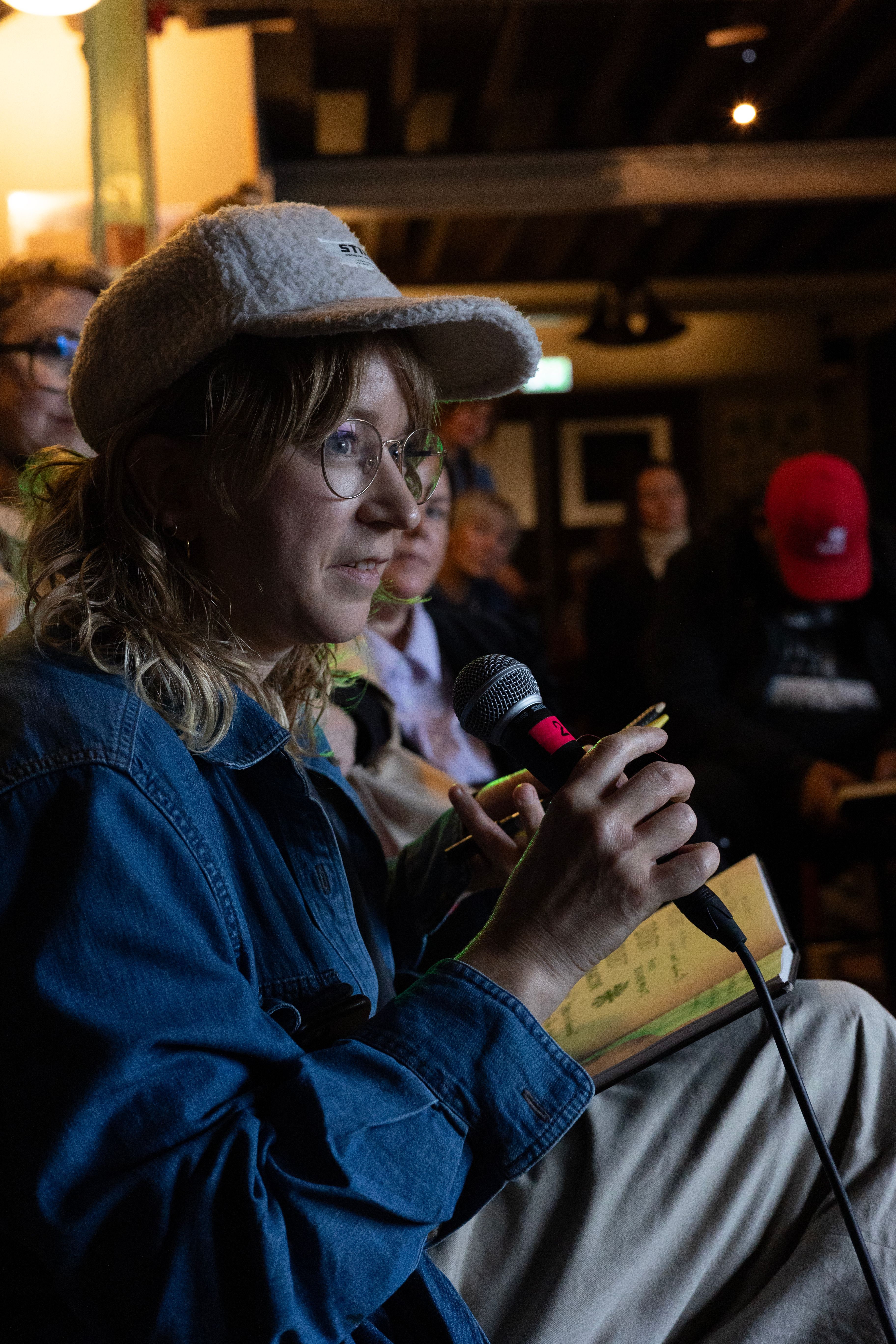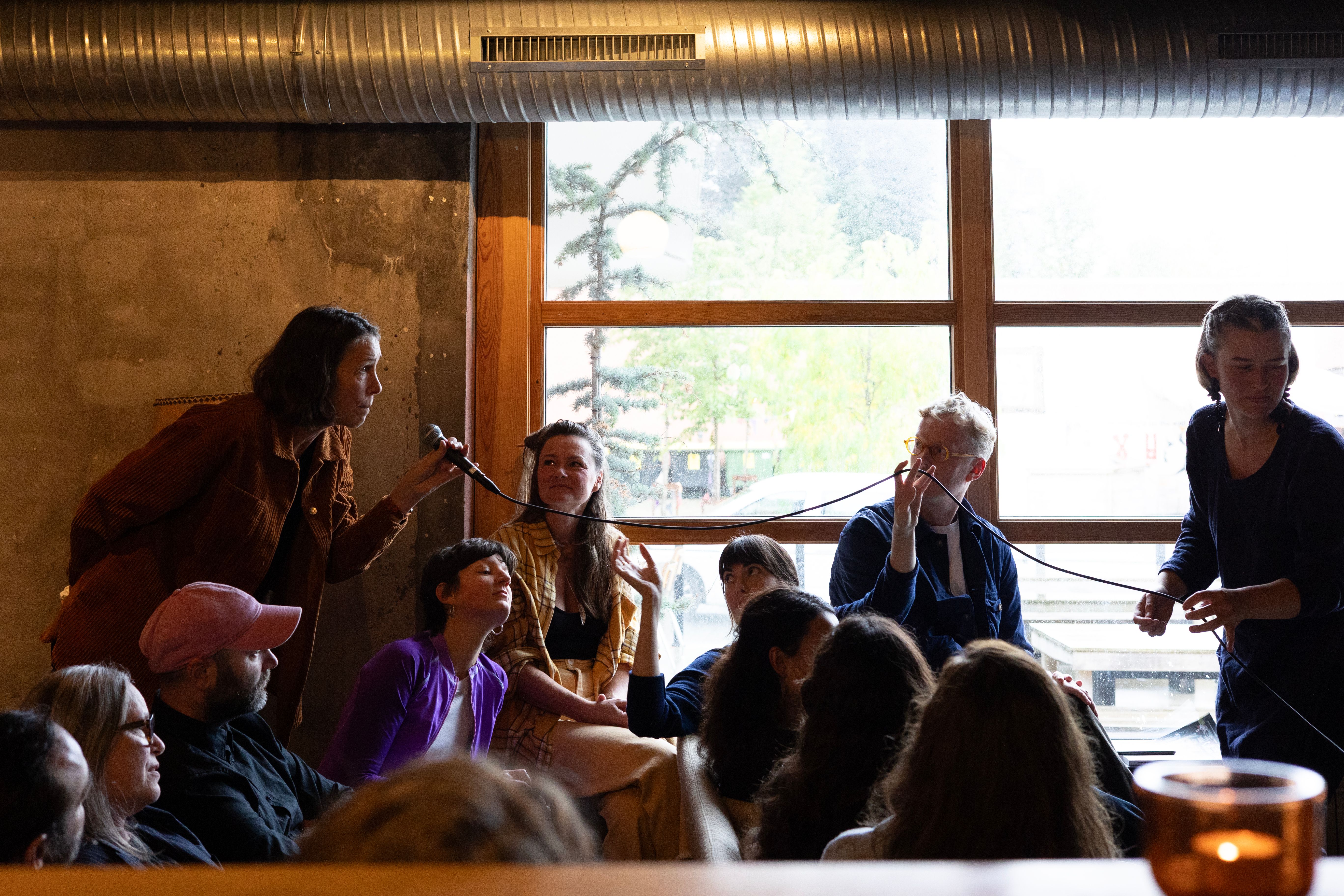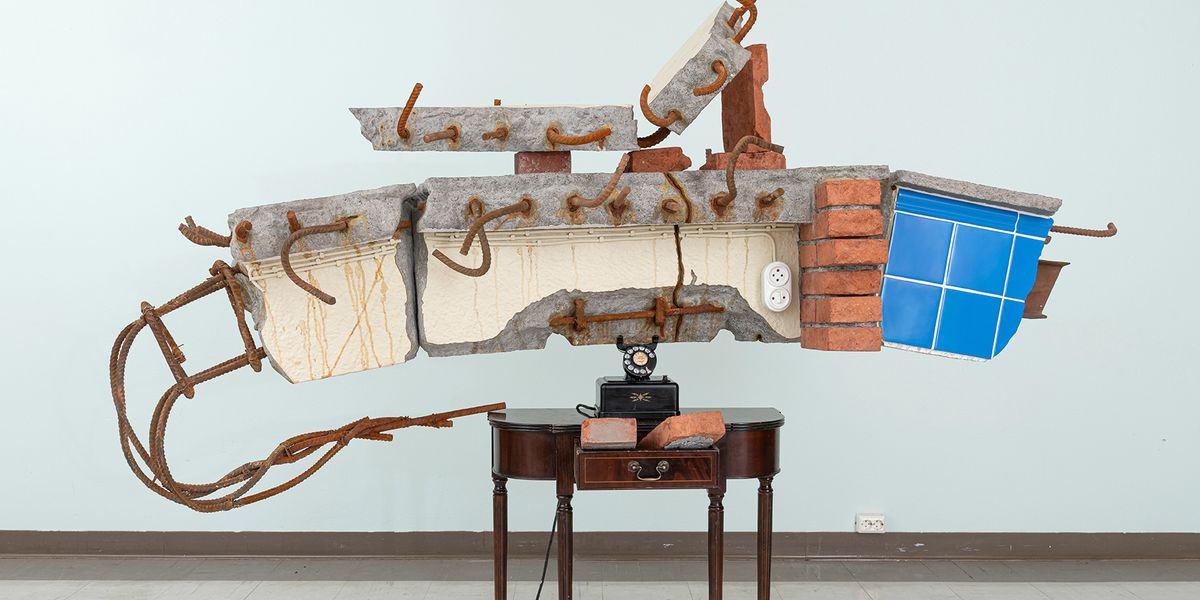I think that art criticism should decentralize the established system that evaluates art in a market-oriented way. Of course artists and artwork are in the focus, but not in the sense that the artist and the artwork are the center and everything else is on the margins or revolves around them. It’s an ecosystem. In order to operate in it and grow in a healthy way, it should be relational, and a place where we can address disagreement in a safe way.
It’s important for me to think of the context, as Arnau mentioned. I ask myself, Why is this work important? How does this resonate with the current reality, with the human condition? To whom is this important, if this is not important for me, if I cannot directly relate? When I reflect on a lived cultural experience, I have to always find a landing point for this experience in our larger current reality. And through writing or opinions or sharing, I hope to offer a few entry points to others to be able to access the experience.

